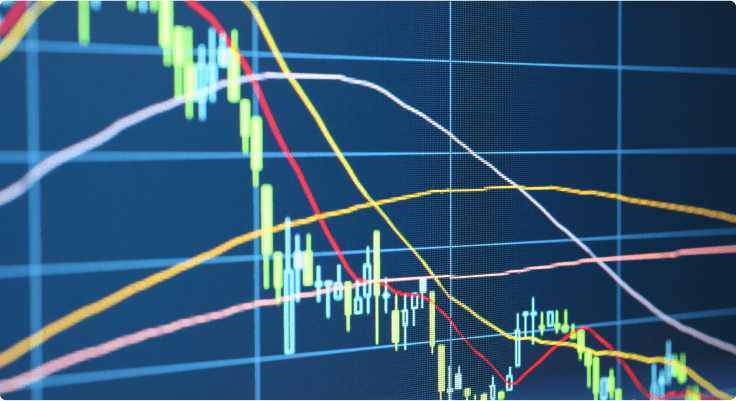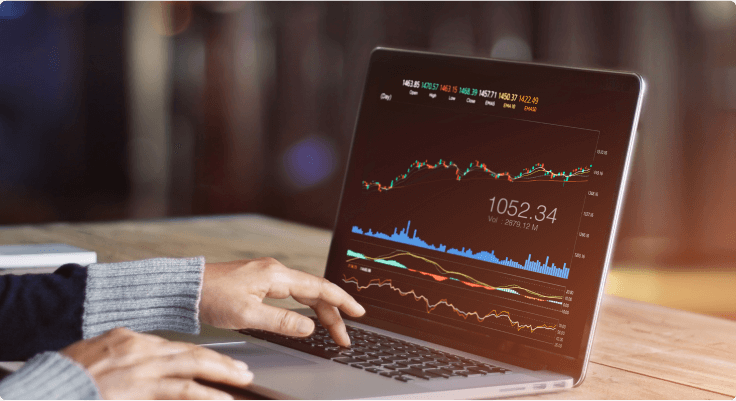Navigate market volatility with confidence by leveraging multi-asset trading for a balanced and resilient investment strategy.

Market volatility, characterized by rapid and often unpredictable changes in asset prices, can be both a challenge and an opportunity for investors. The key to navigating these turbulent times with confidence lies in a well-rounded strategy that leverages the strengths of multi-asset trading. This approach not only mitigates risks but also enhances the potential for returns by diversifying exposure across various asset classes.
Understanding Market Volatility
Volatility is an essential part of financial markets, reflecting the degree of variation in asset prices over time. It can be triggered by numerous factors, including economic data releases, geopolitical events, changes in interest rates, and shifts in market sentiment. While high volatility can lead to substantial price swings and potential losses, it also opens the door for significant gains if managed properly.
The Power of Multi-Asset Trading
Multi-asset trading involves spreading investments across different asset classes such as equities, bonds, commodities, real estate, and currencies. This diversification is crucial because it reduces the reliance on any single asset’s performance and helps smooth out returns, especially during volatile periods.
- Diversification Benefits: Different asset classes often respond differently to market conditions. For example, while equities might be volatile, bonds tend to be more stable. Commodities like gold often perform well during economic downturns, providing a hedge against stock market declines.
- Risk Management: By balancing a portfolio with a mix of assets that have low correlations with each other, investors can reduce overall portfolio risk. When one asset class underperforms, another may outperform, thereby cushioning the overall impact on the portfolio.
- Opportunity Maximization: Volatile markets can create opportunities across various asset classes. For instance, while stock prices might be dropping, commodities or certain currency pairs might be rising. Multi-asset trading allows investors to capitalize on these opportunities wherever they arise.
Strategies for Effective Multi-Asset Trading
- Strategic Asset Allocation: Adjusting the proportion of different assets in a portfolio based on long-term financial goals, risk tolerance, and market conditions is essential. This dynamic approach ensures that the portfolio remains aligned with the investor’s objectives, even as market conditions change.
- Tactical Adjustments: Making short-term adjustments to the asset mix in response to market volatility can enhance returns. For example, increasing exposure to bonds during periods of high stock market volatility can provide stability.
- Hedging: Using derivatives like options and futures can protect against adverse price movements. For instance, commodity futures can hedge against inflation, while currency options can mitigate the risk of foreign exchange fluctuations.
- Global Diversification: Investing in international markets can further enhance diversification. Different economies may perform differently under the same global conditions, offering additional layers of protection and opportunity.
Psychological Resilience and Informed Decision-Making
Investing in volatile markets requires psychological resilience and a disciplined approach. Emotional decision-making can lead to panic selling or impulsive buying, which often results in poor investment outcomes. Staying informed through continuous education, market analysis, and monitoring of global events is crucial.
Leveraging Technology
Modern trading platforms provide robust tools for multi-asset trading, including real-time data, algorithmic trading capabilities, and advanced risk management features. These technologies can help investors implement their strategies more effectively and respond swiftly to market changes.
Conclusion
Navigating market volatility with confidence is achievable through the strategic use of multi-asset trading. By diversifying investments across various asset classes, managing risks through strategic and tactical adjustments, and leveraging modern technology, investors can not only protect their portfolios but also capitalize on the opportunities that volatility presents. Embracing a multi-asset approach transforms market uncertainty into a structured pathway for achieving financial goals.
Open an account and start trading on the Phillip Nova 2.0 platform. Multi-Asset Trading, using Only One account.












